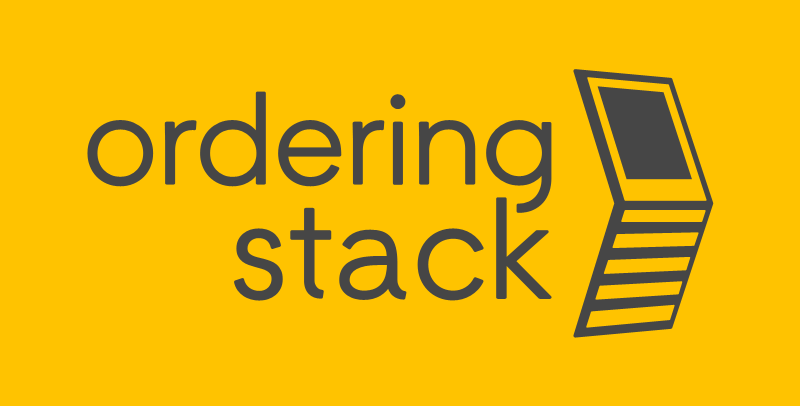Self-Service Kiosks and Digital Accessibility – What Changes Under the European Accessibility Act?
Starting June 28, 2025, all new self-service kiosks placed on the European Union market must comply with defined digital accessibility requirements. This stems from the European Accessibility Act (EAA) – Directive (EU) 2019/882, aimed at ensuring equal access to products and services for persons with disabilities across the EU.

In Poland, these provisions were implemented through the Act of April 26, 2024. The legislation covers ATMs, ticket machines, registration terminals, as well as self-service kiosks in the foodservice industry – increasingly common in restaurants, fast-food outlets, and QSR chains.
What Does the EAA Mean for the Foodservice Industry?
For restaurant owners and operators, the new regulation requires ensuring that their self-service kiosks are:
-
Accessible for people with visual, motor, and cognitive impairments,
-
Clear, intuitive, and operable without using a touchscreen (e.g., via alternative input devices),
-
Compatible with assistive technologies, such as screen readers and magnifiers.
Importantly, these requirements apply to new devices and software introduced after June 2025. Existing solutions may remain in use until 2030, but earlier upgrades will provide both reputational and operational benefits.
Kiosks with Ordering Stack software already prepared for the new regulations
Ordering Stack’s self-service systems – widely used by foodservice chains – have been designed for usability and inclusivity from the outset. They already include accessibility features, such as:
-
Interface scaling icon
-
Visible on the kiosk’s main screen.
-
Allows visually impaired users to instantly enlarge text, buttons, and graphics for easier navigation.
-
Works without the need for additional software.
-
-
High contrast and legible layout
-
Interface based on large icons, clear typography, and neutral colors for optimal readability.
-
Further template customization possible during implementation.
-
-
Physical accessibility
-
Kiosks mounted at heights suitable for wheelchair users.
-
Touchscreens operable from both standing and seated positions.
-
Why Implement Accessible Solutions Now?
Although the law comes into force in 2025, companies that invest early in digital accessibility gain advantages on several levels:
-
Brand perception – the restaurant is seen as open and socially responsible.
-
Customer reach – more guests can fully use self-service options.
-
Operational efficiency – less need for manual staff assistance.
-
Regulatory compliance – reduced risk of penalties in the future.
Conclusion
The European Accessibility Act is reshaping how technology is used in the foodservice sector. Self-service kiosks must be not only functional but also accessible to every customer – regardless of physical or sensory ability.
Solutions such as Ordering Stack already reflect both the spirit and the letter of these regulations. For restaurant operators planning to implement self-service systems, choosing accessible technology is an investment not only in compliance, but above all in better customer experience.




_v02.png?width=352&name=cz%202%20(0-00-11-00)_v02.png)
